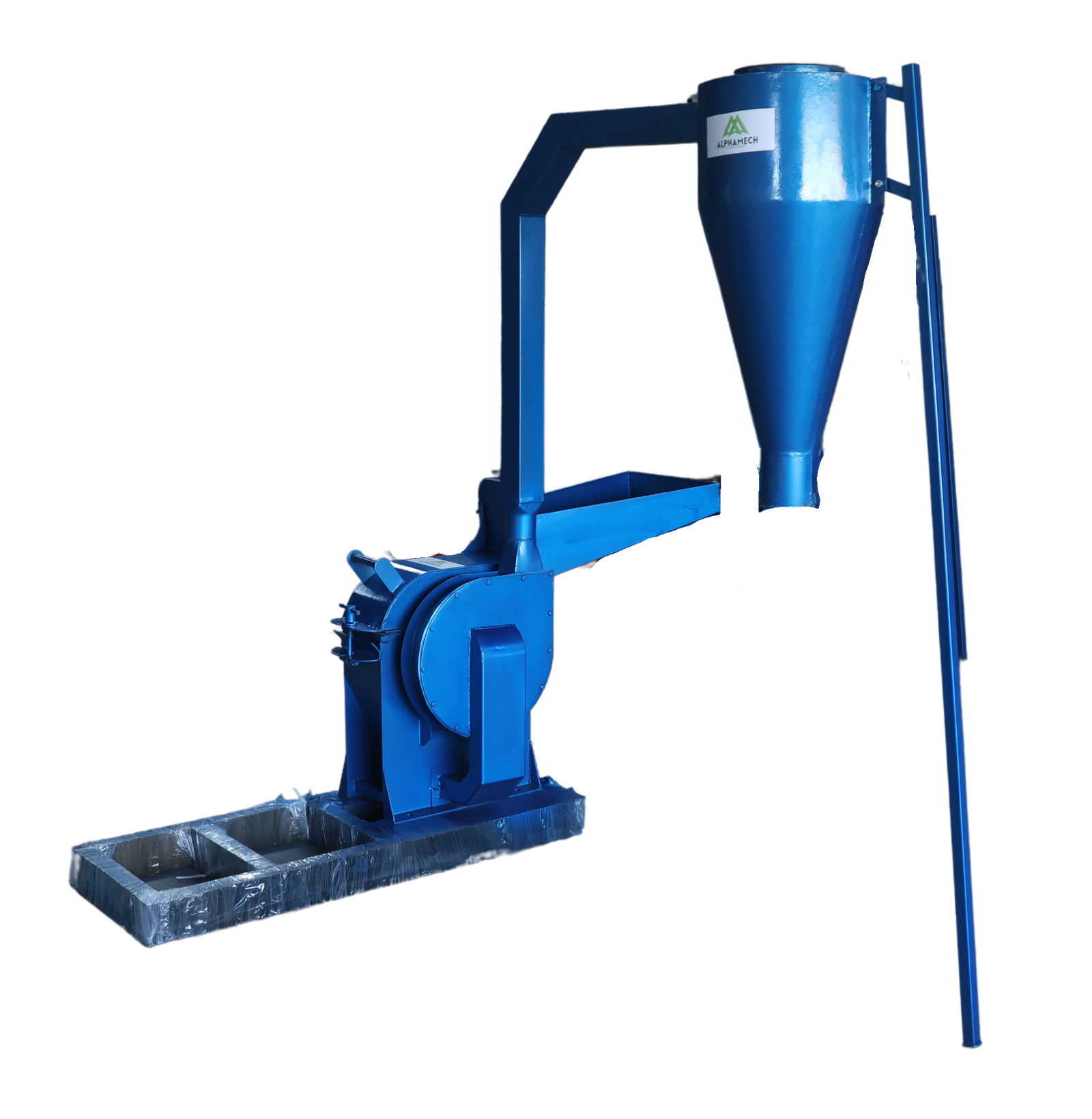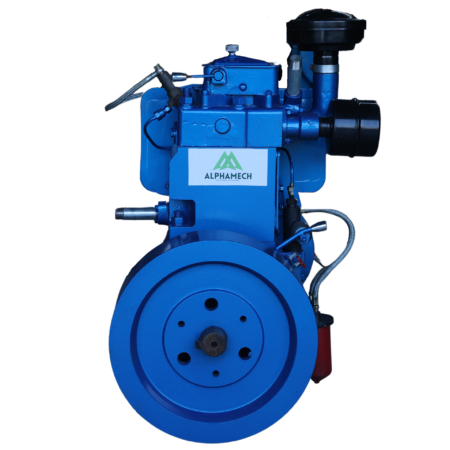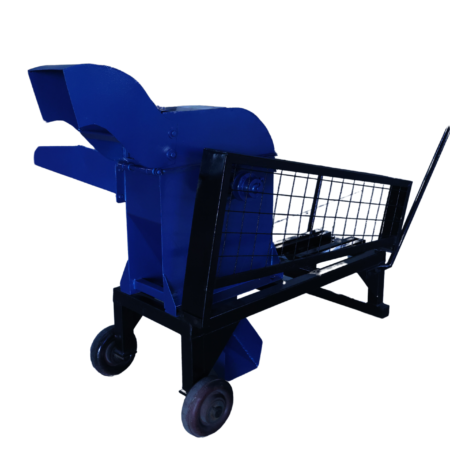Description
A grinding and milling machine is an essential piece of equipment used across various industries, including manufacturing, agriculture, construction, and mining, to process materials into finer particles or precise shapes. These machines perform two primary functions: grinding, which involves reducing materials to fine powders or particles using abrasive tools, and milling, which shapes or cuts materials with precision using rotating cutting surfaces. Depending on the application, grinding and milling machines handle a wide range of materials, including metals, ceramics, grains, and plastics.
Grinding machines typically feature abrasive wheels that remove material through friction, making them ideal for finishing tasks like polishing, sharpening, and deburring. Milling machines, on the other hand, use rotary cutters to carve out shapes or remove material from a workpiece, allowing for the creation of intricate components and designs.
Available in manual, semi-automatic, and fully automated forms, grinding and milling machines come in various configurations, such as surface grinders, cylindrical grinders, vertical mills, and CNC (computer numerical control) mills. CNC machines are particularly valued for their precision, automation, and ability to execute complex machining operations with minimal human intervention.
Modern grinding and milling machines incorporate advanced technologies, such as adaptive controls, precision sensors, and energy-efficient systems, enhancing their productivity and environmental sustainability. These machines play a crucial role in improving material properties, reducing waste, and ensuring the quality and consistency of finished products. Whether in small-scale workshops or large industrial settings, grinding and milling machines remain indispensable for efficient material processing and fabrication.






